This is a 3d printable engine hood spoiler for the Fiat 126p.

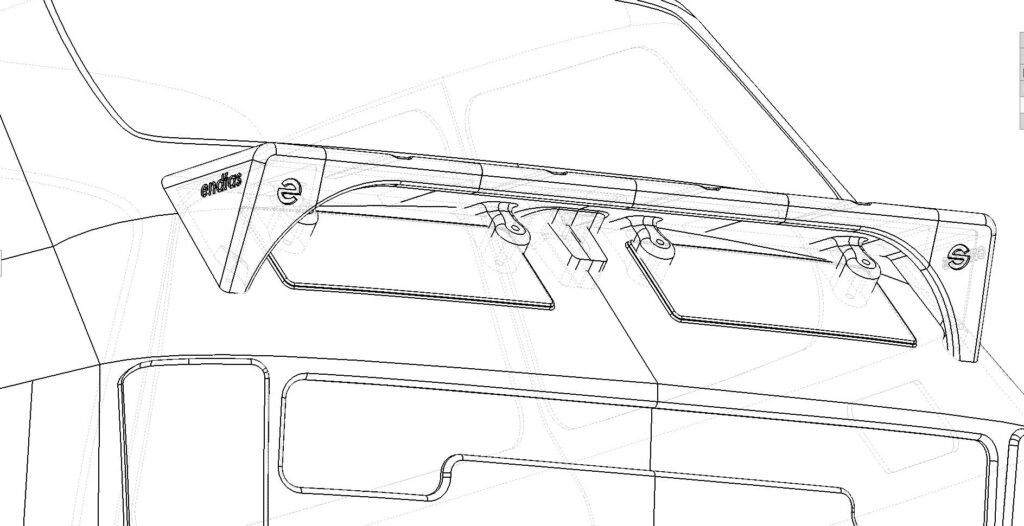
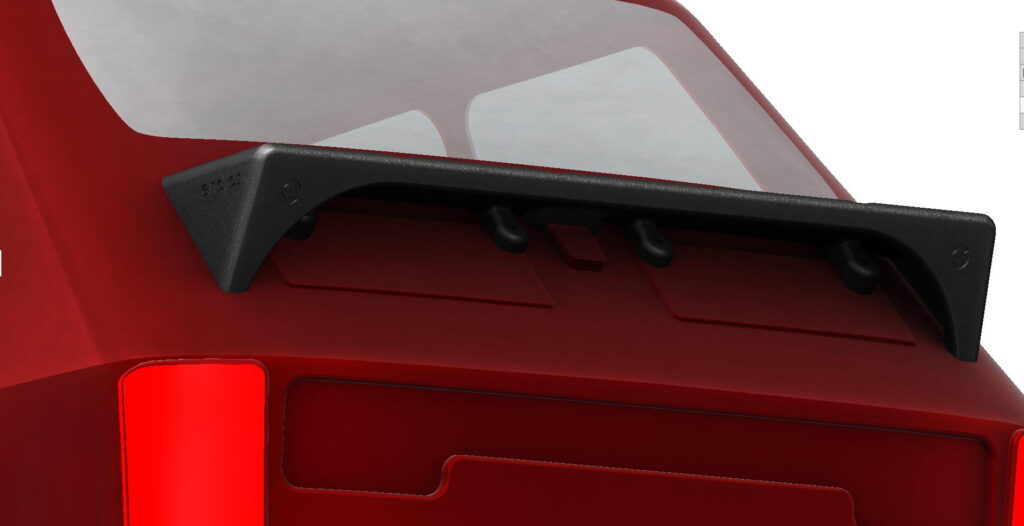
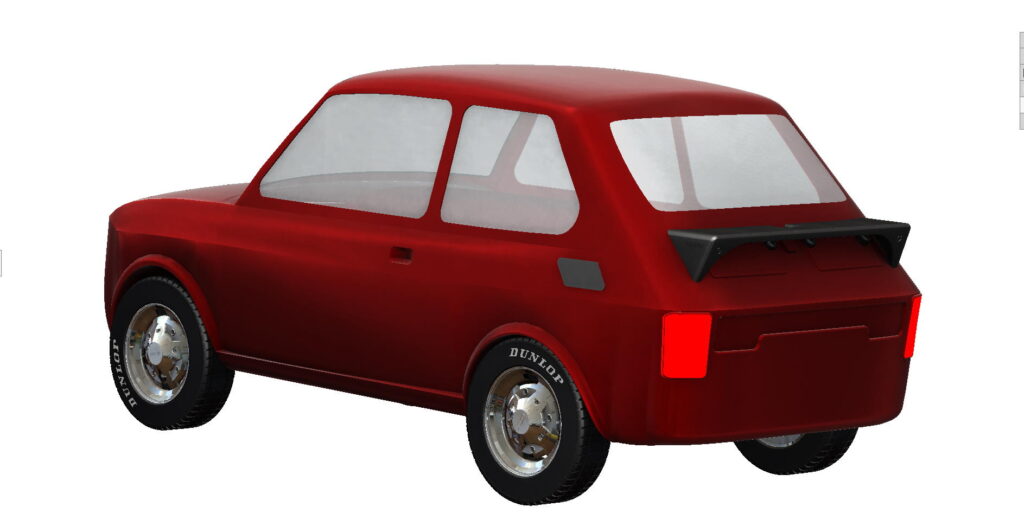
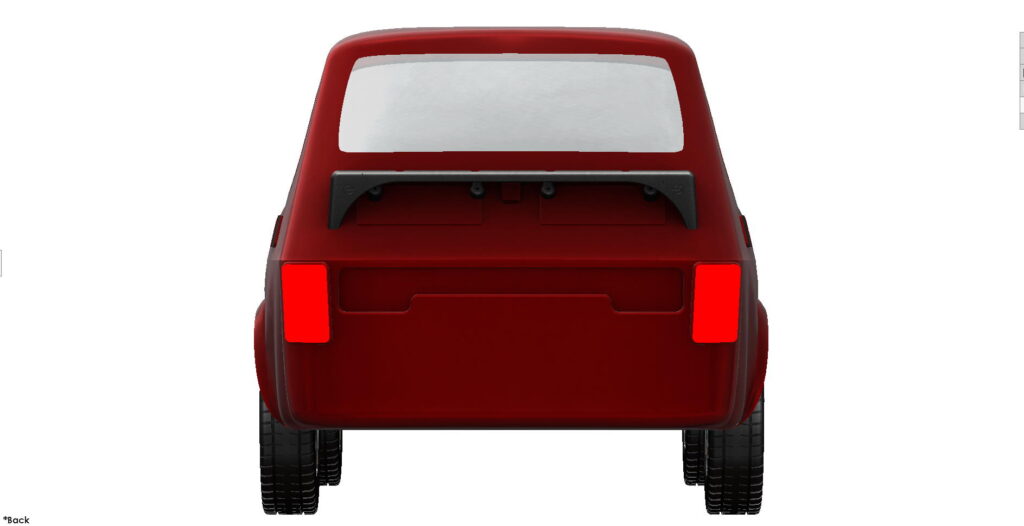
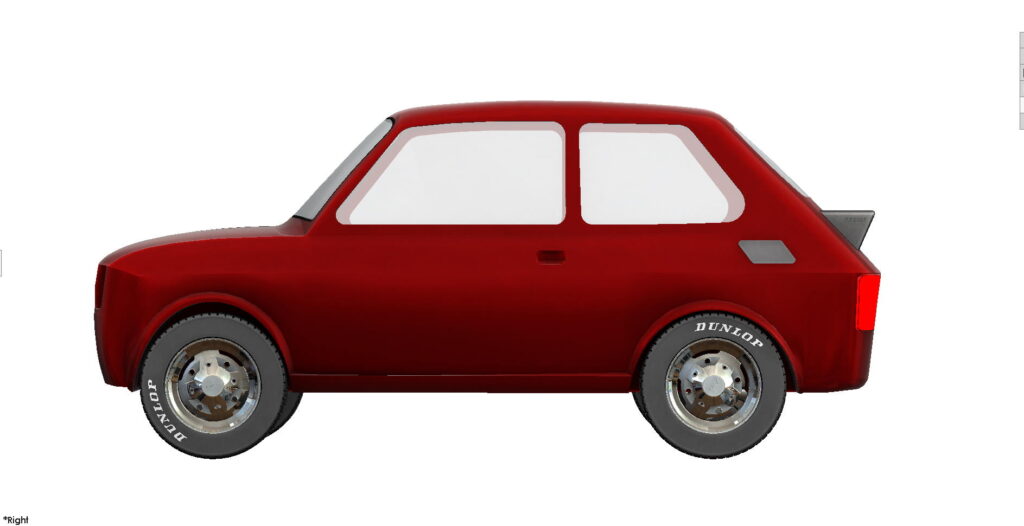
Old visitors knows that we are a huge fan of fiat 126s and we like to develop 126 accesories all the time.
I’ve previously developed engine vent covers and many of them are successfully printed and used around the world.

you can find the previous version in this article.
And now there are three more,
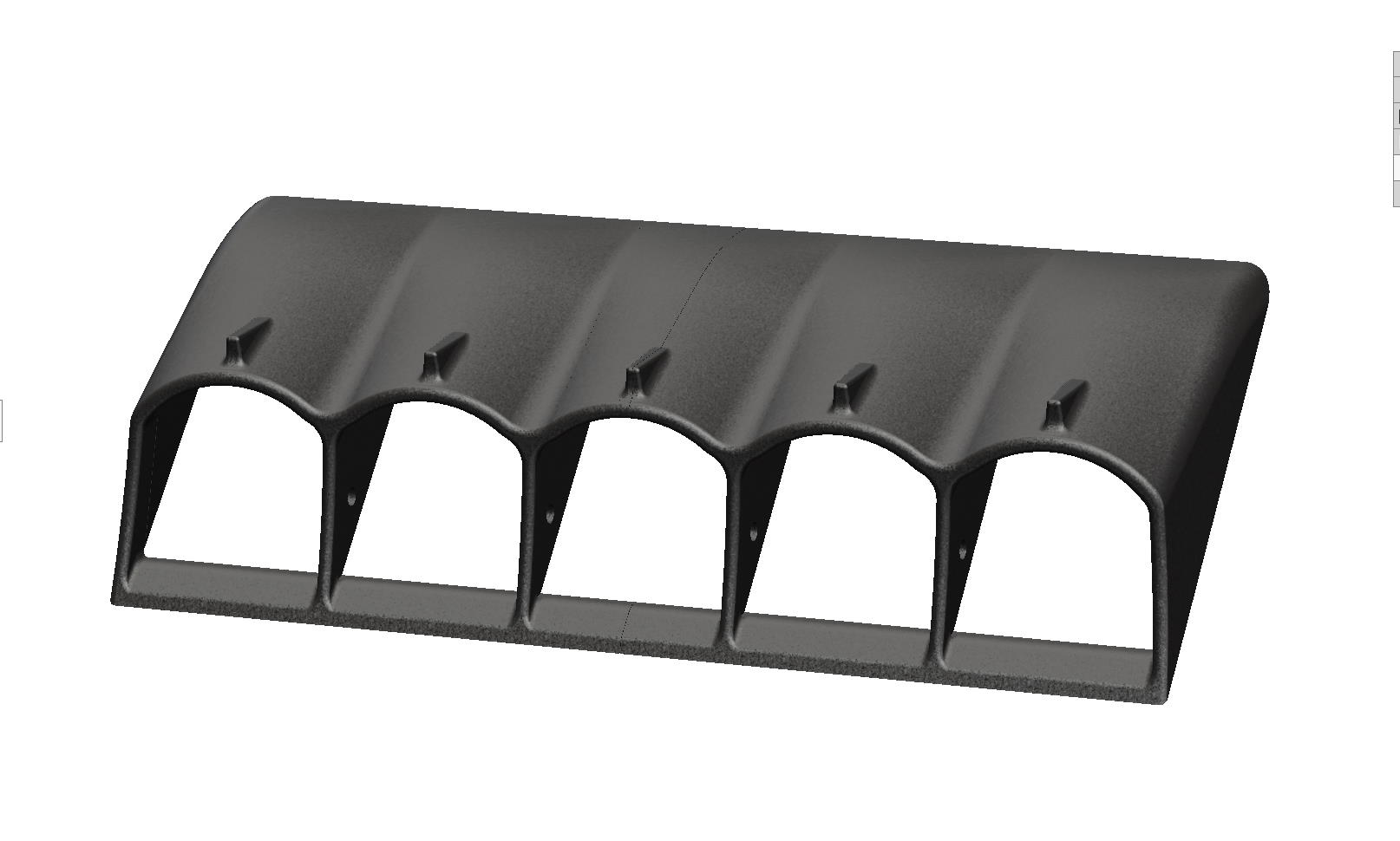
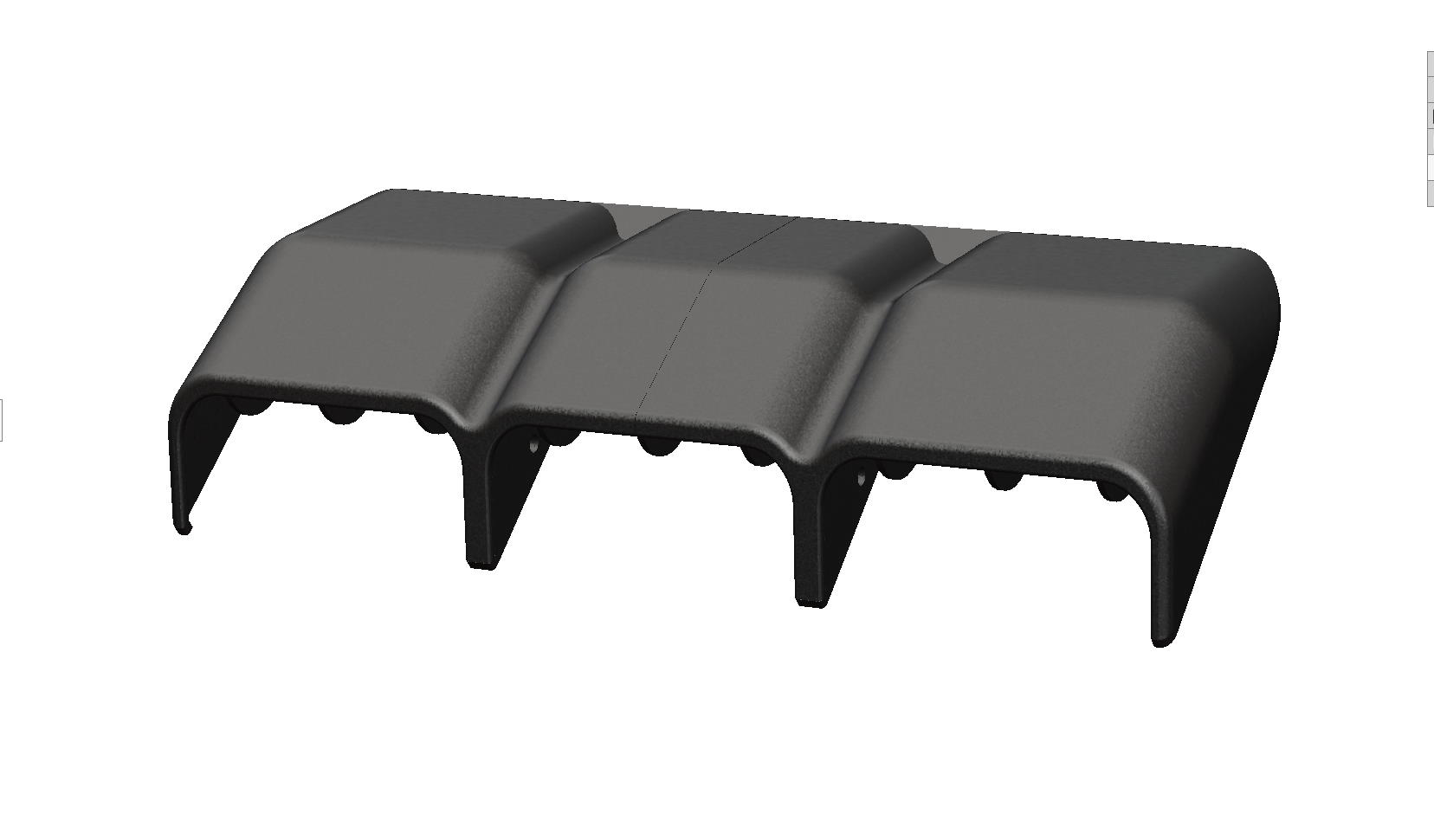
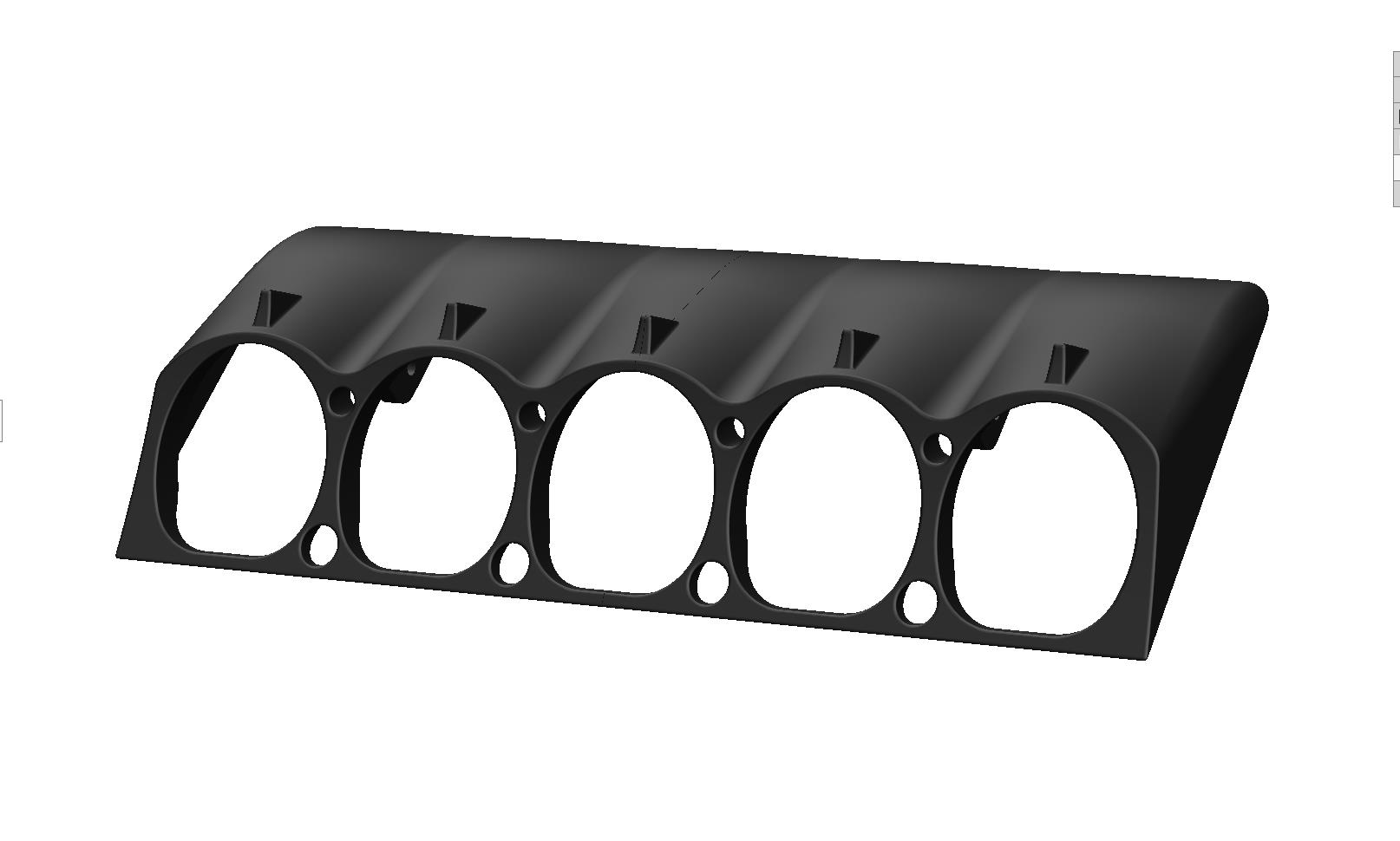
Continue reading for more images and STL files for 3d printing.
Read MoreDelfin (Дельфин, lit. ’Dolphin’) was one of the first combat-capable submarines in history. She was commissioned in 1903 and decommissioned in 1917, having served during World War I.
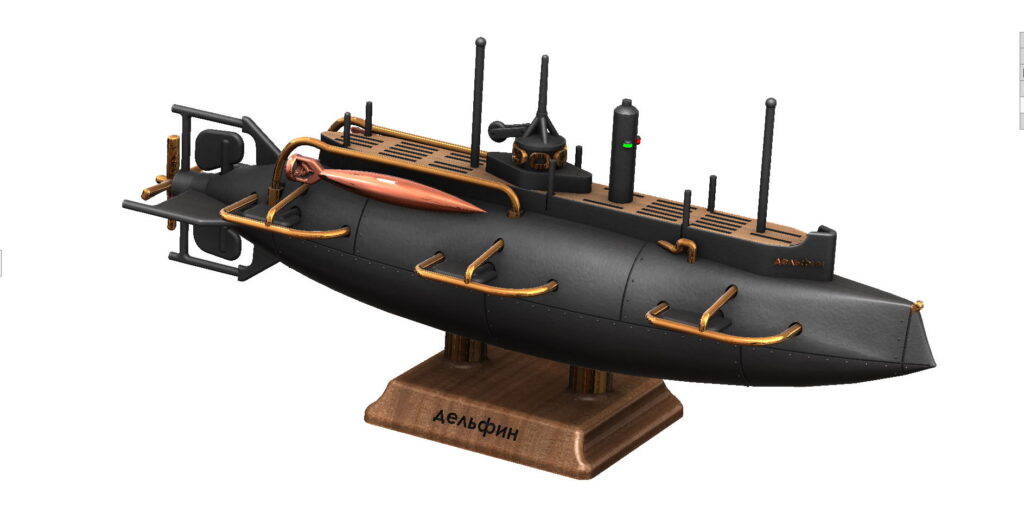
I’ve modeled this funny looking submarine, trying to make 3d printing possible and as easy as possible with minimal supports. Some thin details are enlarged and strengthened.


The Vanguard class is a class of nuclear-powered ballistic missile submarines (SSBNs) in service with the Royal Navy. The class was introduced in 1994 as part of the Trident nuclear programme, and comprises four vessels: Vanguard, Victorious, Vigilant and Vengeance, built between 1986 and 1999 at Barrow-in-Furness by Vickers Shipbuilding and Engineering, now owned by BAE Systems. All four boats are based at HM Naval Base Clyde (HMS Neptune), 40 km (25 mi) west of Glasgow, Scotland.
Since the decommissioning of the Royal Air Force WE.177 free-fall thermonuclear weapons during March 1998, the four Vanguard submarines are the sole platforms for the United Kingdom’s nuclear weapons. Each submarine is armed with up to 16 UGM-133 Trident II missiles.
Well, let’s dive into some fun facts about these fascinating underwater behemoths.
So, there you have it! The Vanguard class submarines, not only masters of stealth and defense but also hosts to a world of underwater entertainment and adventures. It’s a unique blend of serious business and fun-filled moments beneath the waves.
Continue reading for more renderings and STL file for 3d printing.
Read MoreThe Yasen class, Russian designations Project 885 Yasen and Project 885M Yasen-M (Russian: Ясень, lit. ’ash tree’, NATO reporting name: Severodvinsk), also referred to as the Graney class, are a series of the newest nuclear-powered cruise missile submarines designed by the Malakhit Marine Engineering Bureau and built by Sevmash for the Russian Navy. Based on the Akula class and Alfa class designs, the Yasen class is projected to replace the Russian Navy’s current Soviet-era nuclear attack submarines.
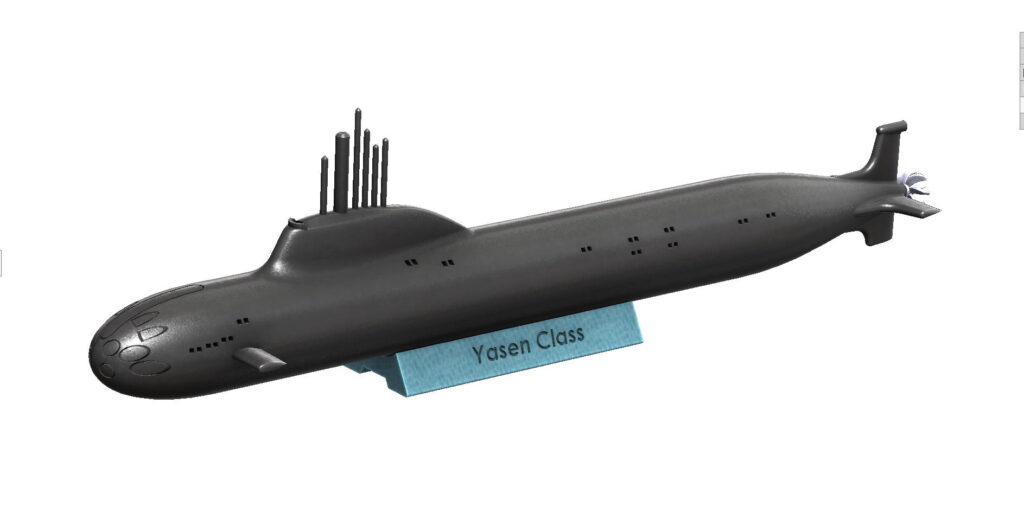
And this is a 3d printable model of the submarine. Continue reading for more information and STL files for printing.
Read MoreWe’ve made this project as a development platform for a small electric vehicle. We’ve made it with a fiat 126 form as you know we are great fiat 126 enthusiasts. The circuitry is made in a way which makes it possible to be used both in a scaled down model car as well as a larger, load or passenger carrying vehicle. It can communicate with different motor drivers, DC or servo motors.
For more information and images, please continue reading.
Read More Pages: 1 2 3 4 5 6 7The Seawolf class is a class of nuclear-powered fast attack submarines (SSN) in service with the United States Navy. The class was the intended successor to the Los Angeles class, and design work began in 1983. A fleet of 29 submarines was to be built over a ten-year period, but that was reduced to 12 submarines. The end of the Cold War and budget constraints led to the cancellation of any further additions to the fleet in 1995, leaving the Seawolf class limited to just three boats. This, in turn, led to the design of the smaller Virginia class. The Seawolf class cost about $3 billion per unit ($3.5 billion for USS Jimmy Carter), making it the most expensive SSN submarine and second most expensive submarine ever, after the French SSBN Triomphant class.

Continue reading for more images and hi resolution STL files.
Read More